Each bench seat can carry up to three passengers. They can also be removed to increase storage space. See "Removing the Rear Seats" following .
Only the third row bench seat can be adjusted forward or rearward.
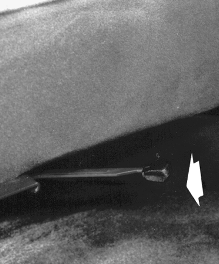
Move the seat adjustment lever located at the front of the seat toward the passenger's side to unlock it. Slide the seat to where you want it and release the lever. Try to move the seat with your body, to make sure the seat is locked into place.
The center bench seat has a pivoting right armrest.
The optional bench seats come with moveable armrests, individual reclining seatbacks, adjustable headrests and a fold-down center armrest console.
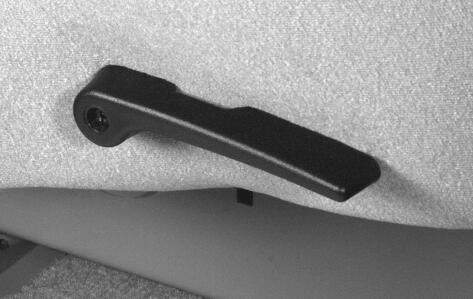
To adjust your seatback, pull up on the lever located on the outboard sides of the seat cushion.
Entering the Third Row Seat

The second row seat has a seatback lever that makes it easier to enter the third row seat, if equipped. The lever is located on the right rear of the second row seat.
- Pull up on the seatback release lever while pulling the seatback toward the rear of the vehicle.
- After the lever has been released, push the seatback toward the front of the vehicle until it locks into place.
To raise the seatback, do the following
- Unlock the seatback lever by pulling up on the lever while pushing down on the upper edge of the seatback.
- Move the seatback into the upright position.
- Make sure the seatback is locked when it is back in the upright position.
Caution: If either seatback is not locked, it could move forward in a sudden stop or crash. That could cause injury to the person sitting there. Always push and pull on the seatbacks to be sure they are locked.
Removing the Rear Seats
To remove the rear bench seats, do the following:
- If you are removing the center seat, remove the right lap-shoulder belt. To do this, press the tip of a key into the release hole of the safety belt attachment while pulling up on the safety belt.
- If you have a safety belt guide on your seat, pull the safety belt all the way out through the guide.
- To store the safety belt while the second row bench seat is removed, pull the belt out and put both buckles in the passenger's side rear storage bin.
- Pull up on the seatback latch on the right rear of the seat. Push the seatback down until it locks into place.
- Lift up on the left and the right seat release levers at the same time. The latches are near the floor on the rear legs of the seat.
- Lift up on the rear of the seat to remove the seat assembly from the rear latch pins. Then, pull the whole seat back to remove the seat from the front retainers and then lift the seat out of the vehicle.
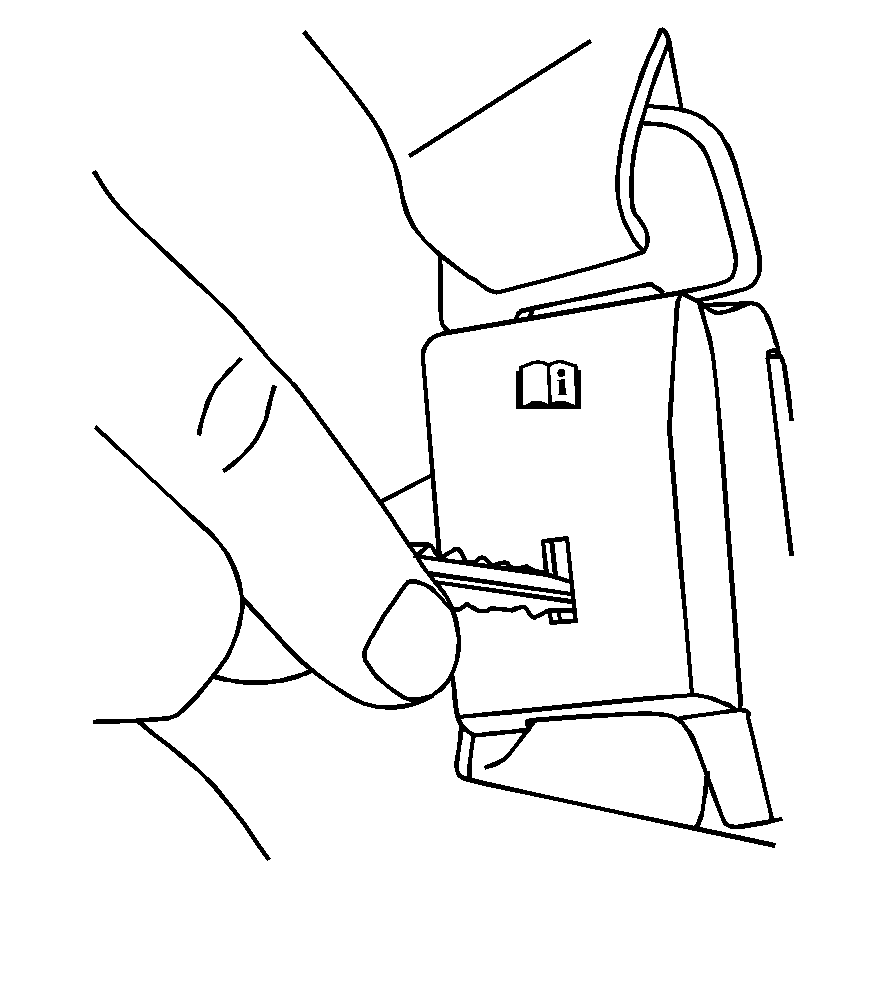
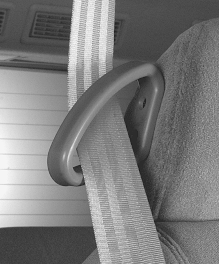
Route the belt out of the forward edge of the storage bin. Close the cover to retain the belt.
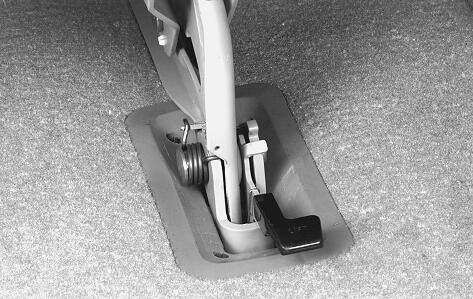
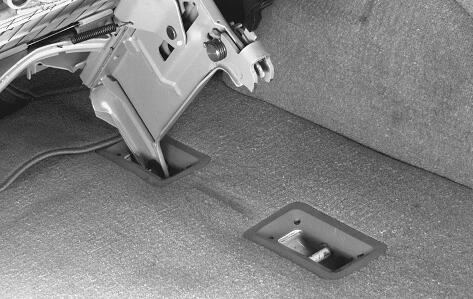
Reinstalling the Rear Seats
- Lower the seat into position. Make sure the front retainers are hooked onto the anchor pins.
- Pull the seat down to latch the rear retainers. Make sure the seat is locked in by pulling up and down on the seat.
- To raise the seatback, do the following:
- If you are replacing the center seat, connect the right lap-shoulder belt to the attachment on the seat cushion. If you have a safety belt guide on your seat, pull the belt through the guide before reattaching the lap-shoulder belt to the side of the seat. The release hole should be facing outward.
- If you installed the safety belt with the release hole facing inward (toward the seat), slide the plastic cover up so you can see the buckle. Disconnect the seat belt. Slide the cover back down and reinstall the belt correctly.
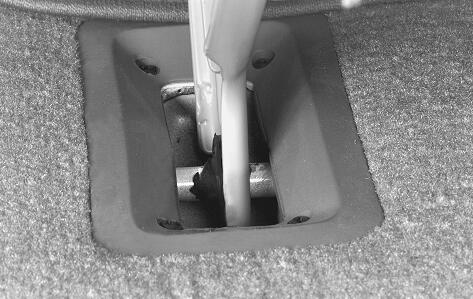
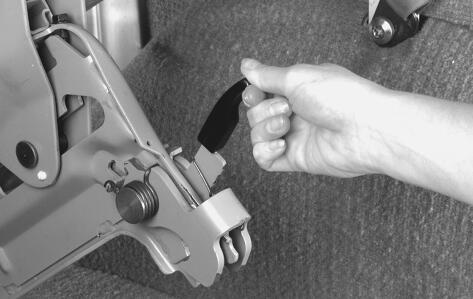
Caution: A seat that is not locked into place properly can move around in a collision or sudden stop. People in the vehicle could be injured. Be sure to lock the seat into place properly when installing it.
| 3.1. | Unlock the seatback latch by pulling up on the latch release lever at the right rear of the seat, while pushing down on the upper edge of the seatback. |
| 3.2. | Move the seatback into the upright position. Make sure the seatback is locked when it is back in the upright position. |
Caution: A safety belt that is improperly routed, not properly attached, or twisted will not provide the protection needed in a crash. The person wearing the belt could be seriously injured. After raising the rear seatback, always check to be sure that the safety belts are properly routed and attached, and are not twisted.
